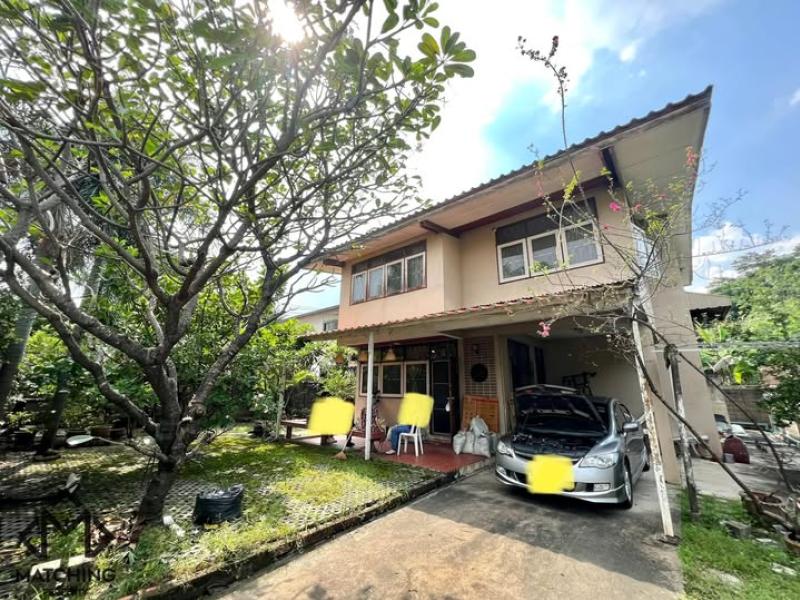WeChat ID :
Login/Register

In every case,
what we often see is
the owner wants to sell at a high price,
the buyer wants to buy at a low price.
.
So as an agent,
or as a middleman making the deal,
how do we know
what the real price actually is?
.
Many people search for nearby prices online,
many have banks do appraisals.
These methods are not right or wrong.
.
But if you encounter a house with no price comparisons at all,
a house not in a project,
a house with no comparable properties nearby,
how do you find the price?
.
Calculate from inflation since construction?
Use the Treasury Department’s appraisal price?
Or pay to have private companies or banks appraise it?
.
The method you can do yourself for free
is to request the land title deed and sale agreement from the owner
(if documents are lost, get a copy from the Land Department).
.
Is that really it, bro? The answer is yes.
.
.
.
The formula is
Actual sale price = Land price + Building price
.
How big is the land?
Check from the title deed.
Land price must be calculated as xxx baht per sq.wah,
by comparing the Treasury Department’s appraisal price to market price,
then find the multiplier.
For example, land in this zone might be x3–5 times the appraisal price in the city,
x1–2 times in the outskirts, etc.
.
As for the building,
check from the sale agreement,
calculate from the usable area xxx sq.m.,
then look at the main materials of the house,
and what value they have.
.
For example, wooden house / mixed wood-concrete / concrete house,
and check material quality: normal, good, or very good level.
.
Like the flooring material,
parquet / laminate / vinyl / engineered wood / real wood,
what area percentage of the house they cover.
You can calculate this very precisely.
Even better if you have the blueprint separating materials.
.
Initially: Interior decorations are not counted because they are variable cost and may confuse the price.*
.
Once you get both numbers,
add them up.
You’ll get the actual value of this house
without any bias.
.
Now you can double-check
against the selling prices in the market
to see if the property you’re handling
is at what level in the market (over or under).
.
If the owner sets a higher price than your figure,
it becomes solid data to discuss,
what the realistic price should be.
Or to better talk with the buyer.
If okay with the number,
you can take the case right away
and close easier.
If not okay with the figure,
then you don’t have to take it.
.
If the owner sets the price too under,
we can use this data
to fully protect their interests.
(It’s much easier to discuss when this happens.)
Owners will also see the agent more positively.
.
Having data and the property’s backstory
is a great story-selling tool.
.
But the owner’s emotional attachment to the house
sometimes adds value in their mind
that pushes the price too high.
.
So we need to neutralize that emotional attachment,
but must discuss it delicately
without hurting feelings.
.
.
.
For buyers,
knowing the backstory of the house
combined with factual data we researched
helps slow down aggressive price negotiations.
.
It is a key defense
to protect the owner’s rights and benefits
and keep the house’s value better.
.
Most buyers focus on
"how much they have to pay,"
but we must talk in a way like,
"what more do you get for what you pay."
.
All of this
becomes part of the negotiation game,
deciding which side to approach first
to close the deal easier.
.
(Many agents always pressure the owner’s price just to close quickly. That’s not nice.)
.
P.S. I already taught all of this in the course. Are you actually using it?
.
Feel free to chat at